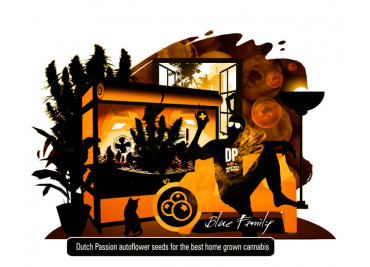${ autocomplite }
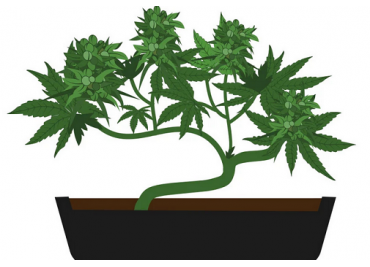
"Canna Bonsai: How to Create a Bonsai from Cannabis"
26/09/2023 | "Canna Bonsai: How to Create a Bonsai from Cannabis"
How to Grow a Bonsai from Cannabis
Growing a bonsai tree from cannabis is achievable even for a beginner gardener, and it requires similar training knowledge as growing a standard cannabis plant. The main difference lies in the size: the Japanese technique involves cultivation in small trays called 'bonsai pots.' For smaller specimens, pots with a capacity of 2-3 liters are used. However, depending on the strain and desired size of the plant, bonsai pots with a capacity of 15 liters or more can also be used – such a cannabis tree can be a unique addition to your home decor, wouldn't you agree? ????
Here's what you'll need for a cannabis bonsai:
1 Young cannabis plant.
2 Small pot with soil.
3 Electric drill (for drilling holes) or office paperclips for support.
4 Wire with a rubber coating, rope, plant ties.
5 Sharp scissors.
6 Wooden or bamboo stakes (for support)."
Please note that growing cannabis may be subject to legal restrictions in your area, so be sure to research and adhere to local laws and regulations.
Stage 1: Preparing the Pot
To begin, choose a suitable container in which your bonsai will grow. There are no strict rules here – the volume, material, and style are up to your preference. In the classic approach, wide, shallow pots are often used. The next step is to drill holes along the upper edge of the bonsai pot. These holes will be used to secure the framework of the bush."
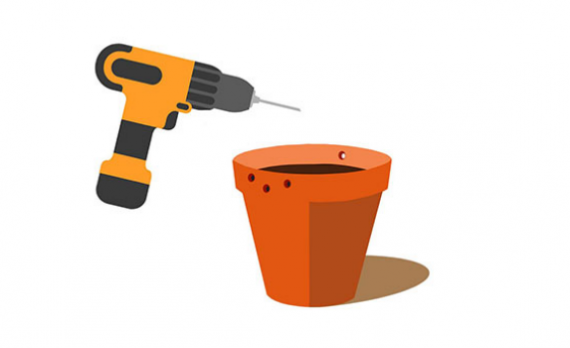
"Ensure that the holes are of a sufficient diameter to thread rope or wire through.
If the pot is not suitable for drilling, you can attach the wire around the edges of the container, and office paperclips can be used to secure the rope."
Stage 2: Planting Cannabis and Initial Training
Select a young vegetative-stage seedling and plant it in the prepared pot. To facilitate the creation of the trunk's shape, insert a wooden stake next to the plant. There are various methods for training the stem: wrapping it around the support, bending, interweaving – feel free to experiment and come up with your own techniques!"
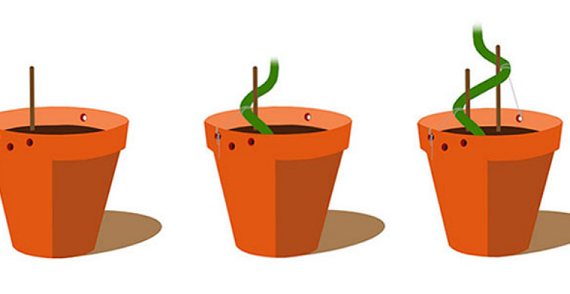
"After achieving the desired contours of your cannabis bonsai, attach a securing rope to the stem and connect it to the nearest hole in the pot.
Note: The rope should not be tied tightly around the stem to prevent constriction as the plant grows."
Stage 3: Shaping the Cannabis Bonsai Crown
Important Note: Training the branches of the future bonsai should only begin after the plant has grown 3-4 nodes. Shaping the crown is done similarly to the trunk – you need to set the direction with the help of stakes and secure them to the edge of the bonsai pot. The main aspect of a beautiful cannabis tree's appearance is the grower's inspiration! Imagine how you want your cannabis bonsai to look and start creating a unique composition using additional ropes and fixtures."
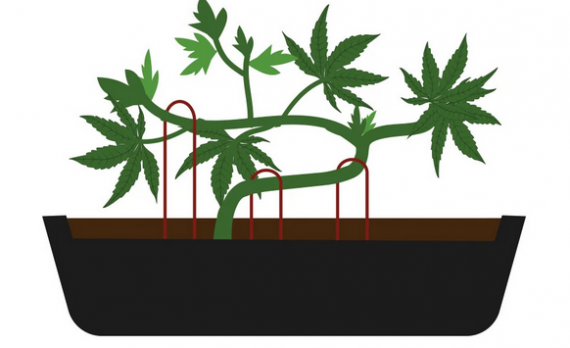
"You can control the angle of the branches by adjusting the force of attachment to the pot. To encourage horizontal growth, secure the branches more tightly to the edge of the container."
Stage 4: Pruning Branches
Over time, the bush can become overly bushy, so pruning is a crucial step to maintain the bonsai's shape."
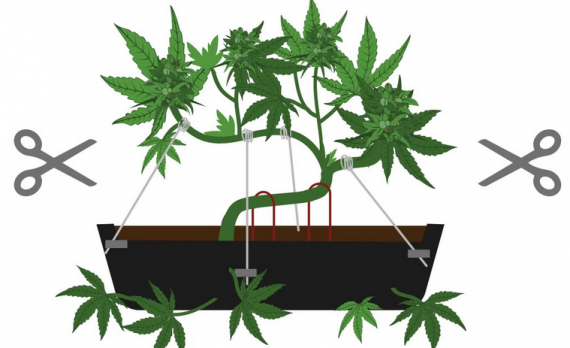
"Only new shoots are suitable for pruning. Removing primary branches can lead to stress and slow growth. Additionally, it's essential to trim excess fan leaves that obstruct light penetration and impede air circulation."
Stage 5: Harvest
Eventually, your cannabis bonsai will enter the ripening stage. Note that photoperiod strains need to be switched to a 12/12 light schedule to induce flowering, whereas autoflowers are not dependent on changes in the light cycle."
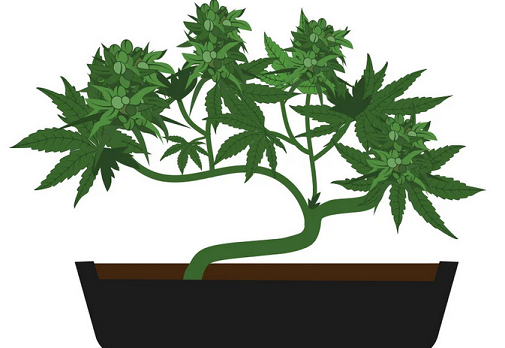
Harvest Time is determined by the color of the trichomes – initially, they will turn milky-white, and then about 40-50% will become amber, indicating maturity. Cut the swollen flower clusters and hang them in a well-ventilated room for drying, with a humidity level of 45-55% and a temperature between 17-24°C.
After drying, place the buds in airtight jars and store them in a dark, dry place. The curing process not only enhances the taste and aroma but also allows the flowers to develop the missing THC. Vent the jar twice a day for the first week, then every 3-7 days in the following weeks, maintaining humidity within the range of 55-65%."
Rejuvenation in Bonsai: A New Life After Harvest
Despite the outward completion of the growth cycle, the life of a cannabis bonsai can be extended for several years! Here's how it's done:
After maturity, remove the top third of the plant, where the largest flowers are located.
Clean the middle part of the plant from old, yellowing leaves, and only remove completely dried ones from the bottom.
Leave the small flowers at the bottom untouched; they are necessary for the regeneration process.
Next, place the cannabis bonsai for recovery and set a light cycle of 18/6 to initiate the vegetative phase again. Feed the plant with nitrogen fertilizer after 2-3 days. Avoid overwatering and allowing the soil to dry out – stress can hinder cannabis regeneration!
With each subsequent cycle, the size of your bonsai will increase, and its beauty will continue to grow.
We hope you found this article on cannabis bonsai interesting. Do you have any experience with similar experiments in cultivation? Please share in the comments.


